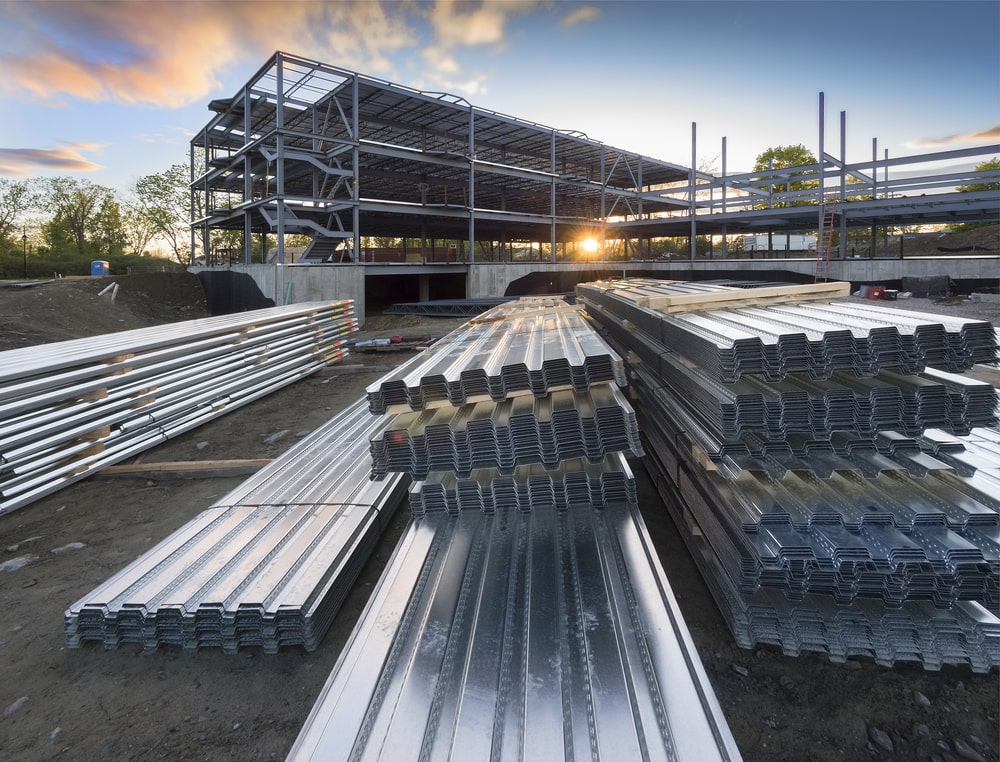Sector - Commercial
BCIS issues five-year construction industry forecast

Building costs will increase by 15% over the next five years, while tender prices will rise by 19% over the same period, according to the latest construction forecast data from the Building Cost Information Service (BCIS).
With demand in the sector continuing to contract, overall output is expected to fall by 5.5% in 2024, compared with last year.
The expected decline is mainly a result of decreased output in the housing, private commercial and industrial sectors.
Growth is expected to return in 2025, with total new work output increasing 20% by 2Q2029.
Dr David Crosthwaite, Chief Economist at BCIS, said: “As long as the cost of borrowing remains elevated, construction output is likely to suffer continuing declines.
“This is especially the case in the private sector, because it’s a major barrier to investment. We’ve also seen the pipeline for new orders affected by the stagnant economy.
“However, with strong cross-sector wage growth, albeit to a lesser extent in construction, any expectations that we’ll see the first cut to the base rate this month have largely fallen away, and we’re now looking at August as the earliest date.
“Construction activity will of course be influenced by the outcome of the general election and future spending plans, though all parties have committed to new increased housebuilding and using infrastructure as a lever for growth.”
The BCIS All-in Tender Price Index, which measures the trend of contractors’ pricing levels in accepted tenders, i.e. the cost to client at commit to build, saw annual growth of 2.3% in 2Q2024.
Dr Crosthwaite said: ‘The BCIS TPI panel has reported that contractors remain risk-averse and selective about the projects they bid on. We expect annual growth in tender prices to continues to fall, but for them to be rising faster than costs by this time next year.’
On the input costs side, labour remains the main driver, though annual growth in the BCIS Labour Cost Index is forecast to slow, increasing overall by 17% between 2Q 2024 and 2Q 2029.
Annual growth in the BCIS Materials Cost Index has been in negative territory for the past two quarters and is forecast to drop further by 1% in 2Q 2024.
There was a slight uptick in 1Q2024 compared with the previous quarter and BCIS expects the index to increase by 14% over the next five years.
Dr Crosthwaite added: “The upside risk to labour costs is that wages are driven up by widely reported skills shortages, which could impact on the viability and affordability of projects. The workforce is 90% what it was before the pandemic, when there were already long-standing concerns about fulfilling skill requirements.
“With materials, there remains an ongoing risk to price inflation due to uncertainty around disruption to trade routes in the Red Sea and conflict in the Middle East and Ukraine.”
Source: BCIS, ONS
* BCIS forecast of new work output at constant 2019 prices
Related Articles
More Commercial News
- Jacobs to deliver advisory services to public sector clients through 2027
3 Dec 25
Jacobs has been named as a supplier on the Crown Commercial Service’s (CCS) Management Consultancy
- From One-Time Project to Lifetime Client: How Smart Pricing Wins You Repeat Construction Work
26 Nov 25
Learn how to price construction work for profit and trust—turning one-time jobs into lifetime clients
- Groundbreaking at Liverpool Waters
6 Nov 25
Groundbreaking starts at Central Docks.





